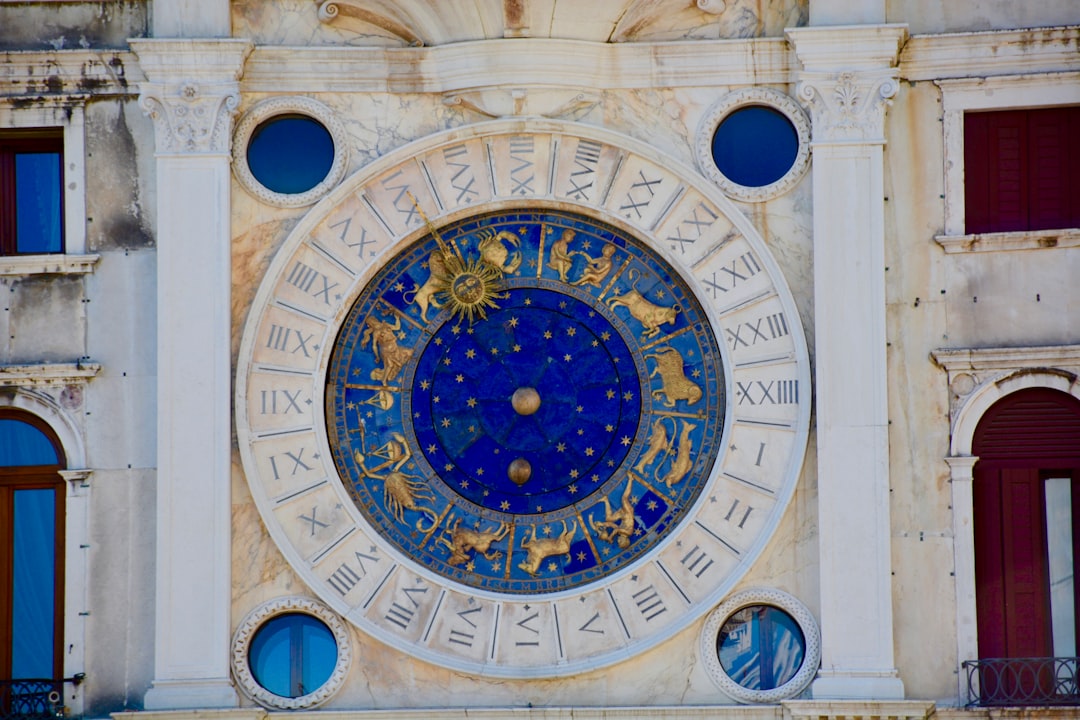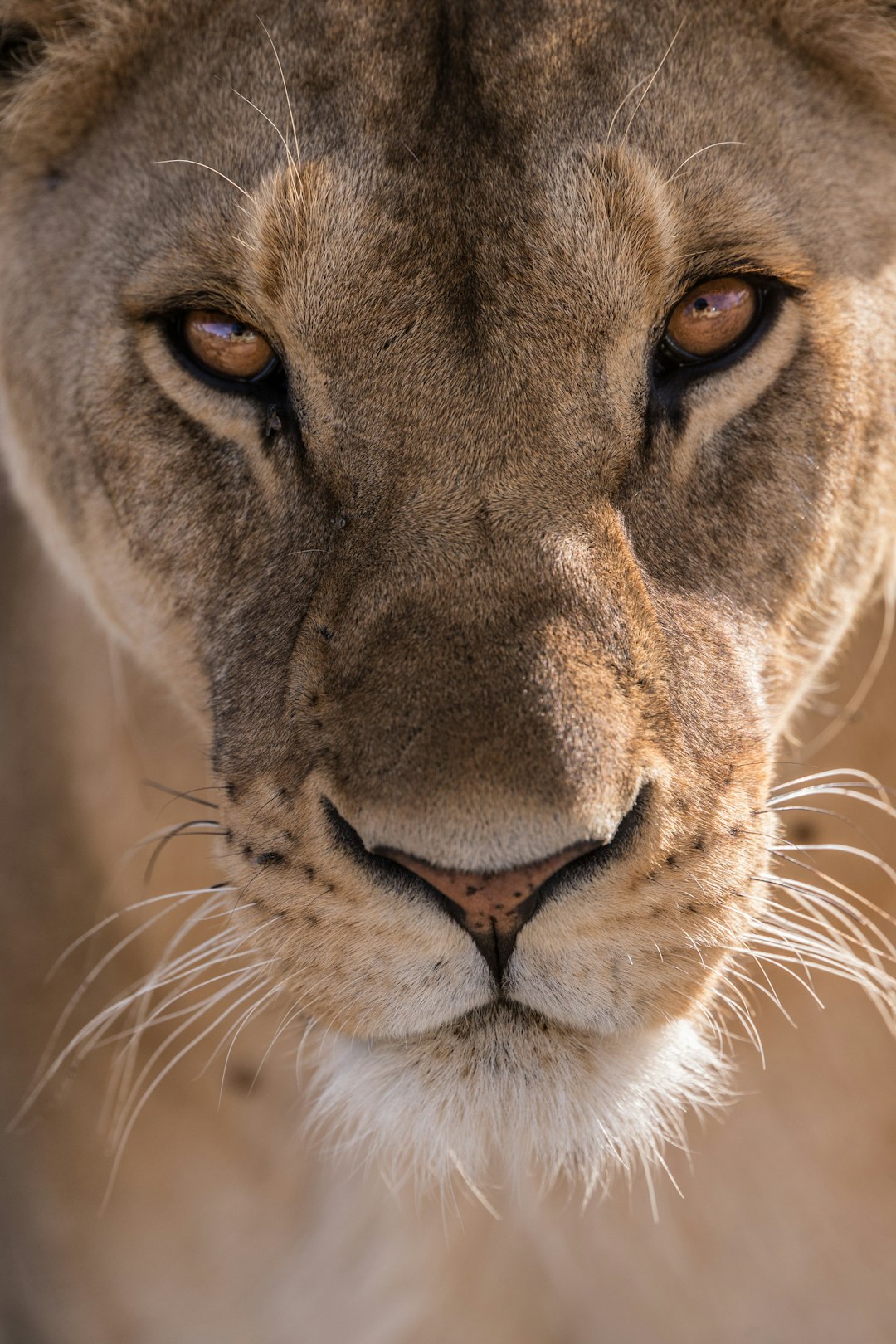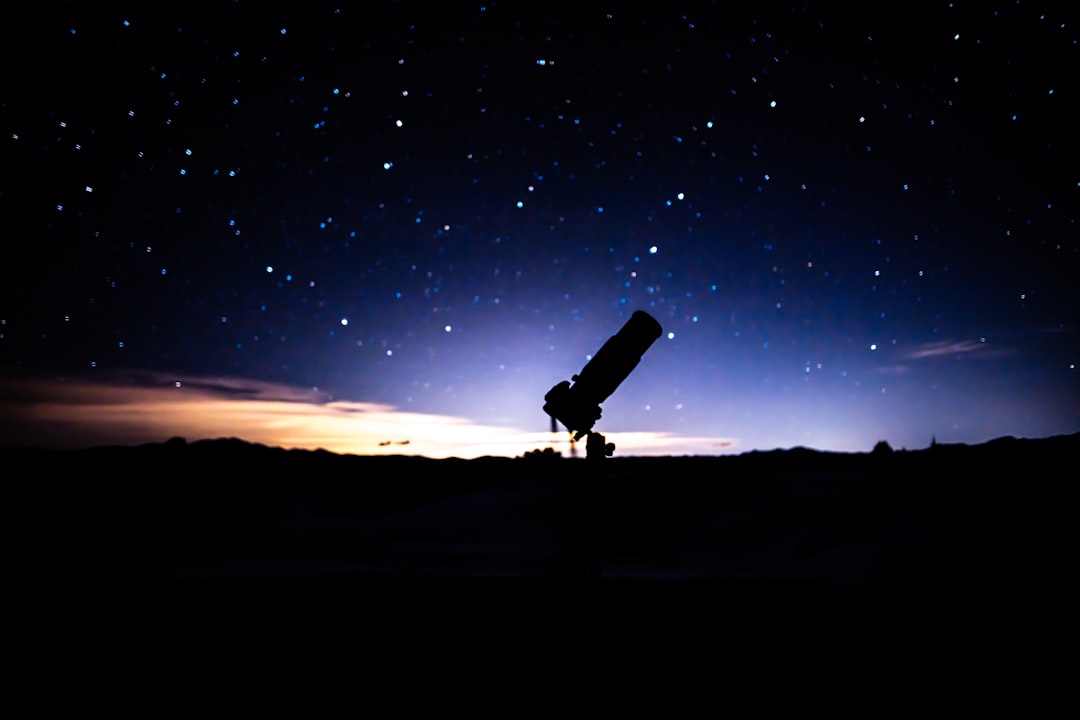Do you remember when your Zodiac sign changed? This summer the astrology world was hit by a colossal meteorite: Ophiuchus, the 13th Zodiac. Suddenly, millions of Scorpios and Sagittarius starsign holders around the world lost their identity: they were now a Serpent-Bearer.
Adding an extra sign of the Zodiac to the traditional twelve meant that Scorpio’s birth window was abruptly slashed to just one week-long. A global community of Ophiucus serpent-holder signs was born overnight. Pisces, Leos and Libras could become new signs altogether.
Let’s get this straight. In 2020, a global pandemic turns the world upside down, life is temporarily cancelled, and now there’s a 13th star sign?
Or is there?
The July story spread like wildfire, after an article written by NASA went viral. The story went that when the Babylonians sprung the constellations 3,000 years ago, they deliberately omitted a 13th sign.
Astrology lovers hit their keyboards in a panic and discovered that yes, the Earth does indeed pass through not 12 but 13 constellations. The ancient Babylonian stargazers sectioned the Zodiac into 12 neat parts and our modern-day calendar was born.
Should all 13 constellations have been included, Scorpio would indeed have been just seven days long and each month would have to have been divided up differently. In any case, the Earth´s relationship to the constellations is not static. The moon affects the Earth’s path, and the alignment of the stars have drifted, so the pattern shifts over time. The NASA article concludes that the explanation for Ophiuchus is: “So, we didn’t change any zodiac signs…we just did the math,”
One problem: that article was written in 2016.
The story is as ancient as the constellations, in that Ophiuchus has always been around. The Babylonians, and later modern soothsayers, chose not to include it in the astrological signs of the Zodiac.
NASA smoothed the ruffled feathers of astrology-lovers worldwide. They retweeted the story. The Space Agency gently reminded readers through their site that:
“No one has shown that astrology can be used to predict the future or describe what people are like based only on their birth date. Still, like reading fantasy stories, many people enjoy reading their ‘astrological forecast’ or ‘horoscope’ in the newspaper every day.”
Are Leos really passionate – or do we just have Starsigns in our eyes?
This blog is all over the place, you must be thinking. One minute, we are talking about cells replacing themselves in Atoms Dance the Tango.
The next, we ask What does your Star Sign say about You? Then we 360 back to brushing up your science in 50 Facts about the Sun, before it is The Stories behind the Star Signs.
The National Aeronautics and Space Administration (NASA – you’d be forgiven for thinking it’s the North American Space Agency, we’ve all been there!), demonstrates no such hesitation.
They view the constellations and resulting signs of the Zodiac from a purely astronomical perspective. And just in case you were wondering, they spell it out in their own words:
Astronomy is the scientific study of everything in outer space. Astronomers and other scientists know that stars many light years* away have no effect on the ordinary activities of humans on Earth.
We love the stars. From our personalized star maps to commemorate every occasion from the historical, sentimental to romantic, to our deep-seated fascination with the mysterious and mind-boggling Universe.
When it comes to Astrology, we understand many people feel strongly in the power of the Zodiac calendar, and perhaps identify in a meaningful way with their starsign. After all, it is the sign of your birth, when your unique set of atoms burst onto this frame of life.
After all, the question “Are our Lives Written in the Stars?” is not easy to answer, it will lead you down a thorny but thought-provoking path of the debate between determinism and indeterminism. In other words, the famous “Fate versus Free Will” dilemma.
So we like to give you both sides of the coin. The stories that have been woven into the stars over millenia, verus the equally fascinating facts about the night sky that scientists have labored to discover. We’ll take the soothsayer’s approach and then we’ll head back to the observatory to find our telescope.
Meet Ophiuchus – Astrology

Let’s roll with the new star sign. Hypothetically, if Ophiuchus became the 13th sign of the Zodiac, this would be the new calendar:
• Capricorn: January 20 to February 16
• Aquarius: February 16 to March 11
• Pisces: March 11 to April 18
• Aries: April 18 to May 13
• Taurus: May 13 to June 21
• Gemini: June 21 to July 20
• Cancer: July 20 to August 10
• Leo: August 10 to September 16
• Virgo: September 16 to October 30
• Libra: October 30 to November 23
• Scorpio: November 23 to November 29
• Ophiuchus: November 29 to December 17
• Sagittarius: December 17 to January 20
So, suddenly you’re an Ophiucus? By the way, it’s pronounced oaf-ih-you-kus.
Here’s what we know about Ophiucus:
The constellation is described in Marcus Manilius’ astrological poem as the one that sways:
But, bending its supple neck, the serpent looks back and returns: and the other's hands slide over the loosened coils. The struggle will last forever, since they wage it on level terms with equal powers.
The earliest mention of Ophiuchus is in 4th Century BC, in Aratus:
To the Phantom's back the Crown is near, but by his head mark near at hand the head of Ophiuchus, and then from it you can trace the starlit Ophiuchus himself: so brightly set beneath his head appear his gleaming shoulders. They would be clear to mark even at the midmonth moon, but his hands are not at all so bright; for faint runs the gleam of stars along on this side and on that. Yet they too can be seen, for they are not feeble. Both firmly clutch the Serpent, which encircles the waist of Ophiuchus, but he, steadfast with both his feet well set, tramples a huge monster, even the Scorpion, standing upright on his eye and breast. Now the Serpent is wreathed about his two hands – a little above his right hand, but in many folds high above his left.
Different to the other 12 signs, Ophiucus is unique because it is associated with a real person: Imhotep, also known Serpentarius, or Aesclepius. He lived in the 27th century BC in what is now Egypt.
Astrologically, Ophiuchus falls between Sagitarrius and Scorpio and therefore amalgamates some of their traits. As with other Zodiac personalities, Ophiuchus’ are thought to blend positive and negative characteristics.
Positive: Passionate, desirable and ambitious. The association with the snake historically gives Ophiuchus elements of healing and positively curative values. As Serpentarius bonded with snakes and allegedly was unharmed by their poisons or toxins, so Ophiuchus personalities have powerful healing qualities.
Negative: With great passion, comes great problems! The louder personality types tend to gravitate from extreme love to lust, rage or jealousy. The healer element also has a sharp side as the power to alter the minds or physiology of those around you can be used in negative ways to to harm your enemies.
The above, in essence, is the consensus of astrological circles confounded by this mysterious new member of the Zodiac circle. Or shall we think of it not as as starsign but purely as a constellation….
Ophiuchus – Astronomy
The constellation of Ophiuchus bestrides the celestial equator. The name is derived from the Greek Ὀφιοῦχος (Ophioukhos, "serpent-bearer"). For this reason, the constelation is often visually interpreted as a man wrestling with a snake.
Ophiuchus was first officially identified as a constellation by Ptolemy. Today, it remains one of the 88 modern constellations recognized by the International Astronomical Union.
Rasalhague is the brightest star within Ophiuchus, which lies between the constellations of Scorpius to the west and Sagittarius to the east. You will be most likely to see Ophiuchus on a clear day in the summer (from the northern hermisphere).
Daytime star
Being a ‘daytime star’, the whole constellation of Ophiuchus is difficult to make out as the midnight sun obscures the surrounding stars.
After Rasalhague, the brightest stars within this constellation are Cebalrai (‘dog of the shepherd) and Marfik (‘the elbow’). In 2005, a superbubble was discovered – so vast it spilled beyond the galaxy itself. It is is called the Ophiuchus Superbubble. Astronomers believe the constellation Ophiuchus is on the verge of becoming a supernova.
Starbust galaxy and star clusters

Ophiuchus embodies various star clusters, alongside a nebula. Within the constellation, it is believed there is a starbust galaxy in the shape of a butterfly. Within this, astronomers estimate there are two supermassive black holes some 3,000 light-years apart. In another billion years, these holes will merge.
Whether you believe Ophiuchus was really once a man draped in serpents, or uniquely the spellbinding cluster of stars and black holes, that is for the space in your thoughts.





